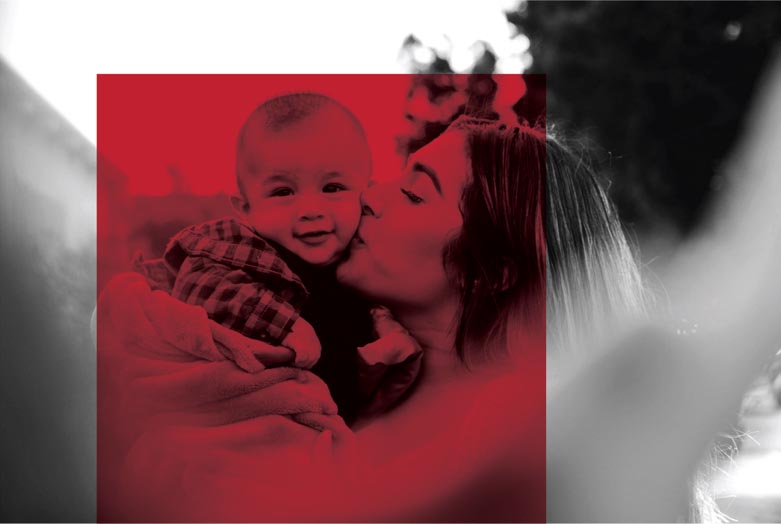The information presented on the site should not be used for self-diagnosis and treatment and cannot serve as a substitute for an in-person consultation with a dermatologist. Abt-Letterer-Siwe disease is called acute systemic progressive histiocytosis, which has a hereditary cause. Most often, the disease begins to develop in early childhood, but occasionally its first symptoms appear only during puberty. It is believed that Abt-Letterer-Siwe disease is more common in boys than girls.


Papules, especially on the head, are covered with yellowish-gray, greasy to the touch scale-crusts. Patients are usually misdiagnosed with seborrheic eczema.

In the future, necrosis appears in the center of the papules, followed by the formation of scars.
Innovation
In addition to the scalp, back, chest, papular and petechial rash can also be localized on the lower abdomen and thighs. In combination with petechiae, lichenoid papules and punctate scars, infiltrative tumor-like formations can be observed. Hemorrhagic erosions asacol pills and on the genitals are often noted.
learn moreSometimes changes on the skin are accompanied by weeping and severe itching, serous and hemorrhagic crusts.
Education
Mental Health
Enlarged liver and spleen. The blood revealed hypochromic anemia with aniso- and poikilocytosis, hypochromia, leukopenia, neutrophilia with a stab shift to the left, increased ESR, monocytosis, thrombocytopenia, decreased clotting time and bleeding. The myelogram shows reticulohistiocytic cells, an increase in young (blast) forms. An mesalamine 400 mg examination reveals numerous foci of destruction of the bones of the skull, limbs, flat bones of the pelvis, ribs, and sometimes shoulder blades. Decalcification zones and osteolysis are noted.
learn moreFamily
Family
Why Abt-Letterer-Siwe disease occurs The disease is primarily due to a genetic mutational factor, however, the onset of the disease is usually associated with the presence of a viral or bacterial infection (tonsillitis, influenza, otitis media, etc.). An unusual course of the disease indicates its neoplastic nature.

With the development of Abt-Letterer-Siwe disease, the general condition of the baby deteriorates sharply.
How Abt-Letterer-Siwa disease proceeds Most often, Abt-Letterer-Siwe disease begins in the first year of a child's life, sometimes it happens even during the neonatal period. Suddenly, the baby's body temperature rises sharply (up to 40 degrees), after which the temperature can either rise or fall. Sometimes for a long time the temperature remains subfebrile. Hemorrhagic papules can be seen on the scalp and skin of the shoulder blades, abdomen and chest. Necrosis develops in their center,turning into the formation of small dotted scars. Often, small erosions and hemorrhages are noted on the mucous membranes of the mouth and genital organs.
LEARN MORE
In patients with Abt-Letterer-Siwe disease, changes are also observed in the respiratory organs: emphysematous, small-focal, infiltrative.
Patients often develop severe polyadenopathy and hepatosplenomegaly. Quite often, otitis media and mastoiditis are diagnosed, their distinguishing feature is resistance to antibiotic treatment. Many children suffering from Abt-Letterer-Siwe disease have damage to the bone tissue of the skull, ribs, collarbones, shoulder blades, and pelvis. Often this is accompanied by pain, swelling in the surrounding tissues. A study using fluoroscopy can reveal foci of osteoporosis, osteolysis, periostitis, decalcification.

Low weight gain, pale skin, weakness are especially characteristic of this disease. A blood test also shows a pathological picture: a combination of hypochromic anemia, leukopenia or leukocytosis, monocytosis. The myelogram shows polymorphism of bone marrow cells.

How Abt-Letterer-Siva disease is treated One of the main methods of treatment is the appointment of glucocorticoids, which are designed to inhibit the function of the reticulohistiocytic system. Such treatment stimulates hematopoiesis and normalizes metabolism.
Learn More